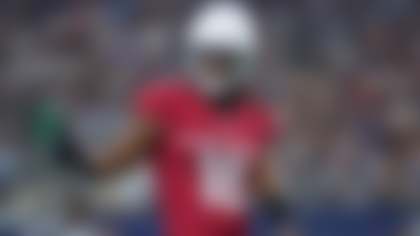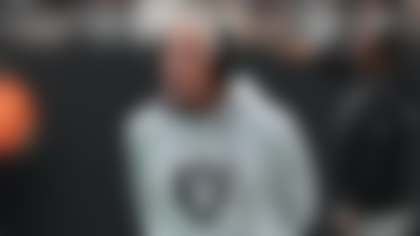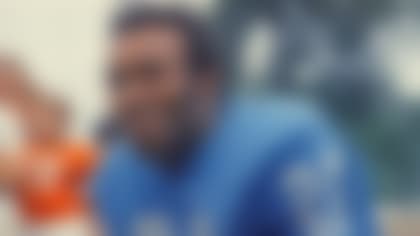By Bill Bradley, contributing editor
New England Patriots defensive back Brandon Browner was penalized for unnecessary roughness on San Diego's Ladarius Green because the Chargers wide receiver was still a defenseless player when he was hit, the NFL's Dean Blandino said Friday.
The vice president for officiating said during his weekly officiating video for the media that Green was still bobbling the ball and had yet to establish control as a ball carrier. Thus, he was defenseless to protect himself from such a hit by Browner, according to NFL rules.
"He is protected from forcible hits to the head or neck area with the helmet, the shoulder or the forearm," Blandino said. "He's also protected from forceful hits from the crown or the forehead parts of the helmet to the body.
"(Browner) is going to lead with his shoulder. This was announced as a helmet-to-helmet penalty. It was not. That is incorrect. We direct our officials our officials not to report it as helmet-to-helmet, to report it as a hit to the head or neck area of a defenseless player."
Blandino said that Browner made contact on Green to the head with his shoulder, which is still a foul.
"The initial point of contact appears to be the shoulder to the facemask," he said. "Now, is the force of the blow to the receiver's shoulder or is it to the head or neck area. It's very close.
"I think you can certainly see some contact to the head or neck area with the shoulder. I do believe a lot of the force of this blow is shoulder-to-shoulder. The defender is trying to do what we want him to do -- keep the head to the side and lead with the shoulder. But he does have to lower the target in order to avoid any contact up on this area."
Blandino said plays like this will be on the agenda for the NFL Committee Competition to consider whether similar fouls should be reviewable.
He also discussed the disputed fourth-quarter fumble by Kansas City Chiefs tight end Travis Kelce, a call that was reviewed to discover he bobbled the ball and lost control as he was tackled.
Blandino said the ball was loose, but the big question was whether Kelce regained control while he was being tackled.
"You need to think about this as a catch; the rule is the same," he said. "In order to recover a loose ball, and the player is going to the ground to recover it, he must maintain control of the ball throughout the entire process of contacting the ground.
"Kelce doesn't do that here. If (Kelce) had controlled it and he's going to the ground, then action would have been an incomplete pass because he didn't maintain possession throughout the process. That's why this is a fumble."



